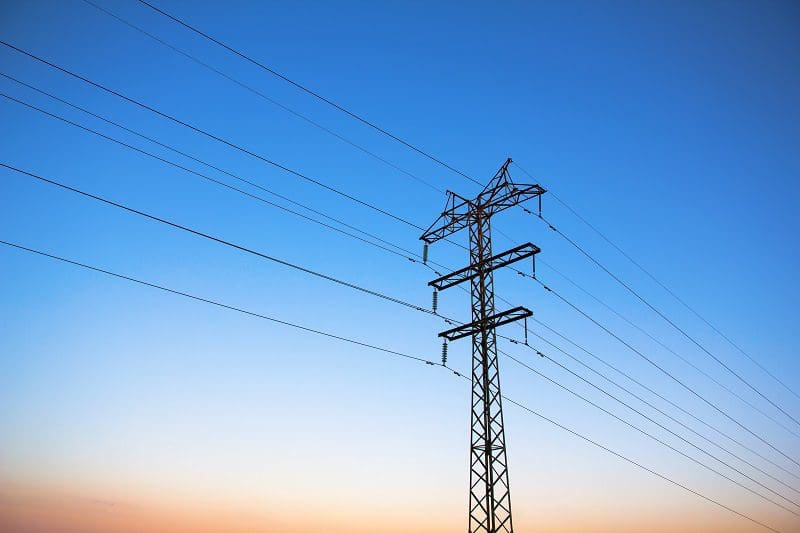A lot of people have moved to Texas. Last year about 500,000 people came to the Lone Star state pushing its population over the 30 million mark, making it the second largest in population only to California.
People seem to like the business atmosphere in Texas. The gross domestic product (GDP) in Texas, a measure of economic size and strength, increased by 2.4% in 2022 over 2021, reaching $1.9 trillion. Oil and natural gas activity accounted for 44% of the GDP increase.
Robert Allen, president and CEO of the Texas Economic Development Corporation, said “Texas is the best state in the nation to do business.”
The weather is nice, too. However, occasionally it can turn nasty as it did in February 2021 when a record cold wave drove temperatures below freezing for a week and caused a shortage of electricity.
It also can get hot during the summer months pushing electricity usage upward.
The growth in population and economic activity and the peaks and valleys of the weather have policymakers in Austin trying to implement changes to the electric grid to meet the demand for a safe, reliable and affordable source of electricity.
The Public Utility Council in January approved a plan on a 5-0 vote, but some members of the Texas Legislature said it could be too expensive during peak demand periods and questioned its reliability. The PUC plan would involve issuing performance credits obligating electricity companies to provide power to consumers primarily when power demand is extremely high and reaching maximum capacity.
Some members of the legislature believe this concept is very new with an unproven track record, and it has the possibility of being very expensive during peak demand when supplies are tight and demand is high.
A group of State Senators, with the support of Lt. Governor Dan Patrick, introduced nine bills last week aimed at enhancing the power sources to the electric grid in Texas. “This proposal puts new steel in the ground, ensures more electrons are flowing on our power lines in times of critical need,” Sen. Charles Schwertner, R-Georgetown, chairman of the Senate Business and Commerce Committee, said. “That’s the first part of this bill (Senate Bill 6). The second part supports and maintains our current dispatchable generation.”
Dispatchable generation refers to the types of energy sources available for usage and their reliability during critical times. Even though wind and solar have been rising in energy generation capability, the sponsors of the bills believe natural gas and coal are more dependable.
Natural gas has made major gains in production and consumption in Texas and across the nation.
Natural gas production in Texas and the U.S. set records last year. Texas production increased to 30,970 million cubic feet per day (mmcfd) (a 1% increase) and U.S. production rose 4.8% to 118,823 mmcfd.
Natural gas generates 49% of the state’s electricity.
Exports of natural gas from Texas have become an important part of the natural gas industry. Liquefied natural gas (LNG) exports increased by 14% last year.
Yes, Texas is blessed with plentiful energy sources from the sun, wind, and petroleum, which is the cornerstone of a thriving economy. Now, state lawmakers are trying to find the best way to get all this energy to consumers in a safe, reliable and affordable manner.
Alex Mills is the former President of the Texas Alliance of Energy Producers.
Alex Mills is the former President of the Texas Alliance of Energy Producers. The Alliance is the largest state oil and gas associations in the nation with more than 3,000 members in 305 cities and 28 states.






